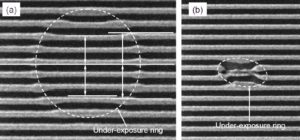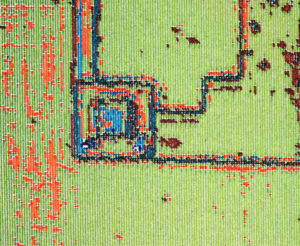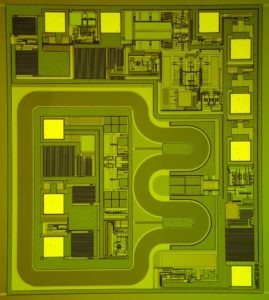Unlock Microcontroller ATmega640 Firmware
Unlock Microcontroller ATmega640 encrypted memory system and decode the Firmware out from flash and eeprom, then copy the program into the blank MCU ATmega640 which will provide the same functions;

Unlock Microcontroller ATmega640 encrypted memory system and decode the Firmware out from flash and eeprom, then copy the program into the blank MCU ATmega640 which will provide the same functions;
The ATmega640 provides the following features: 1K bytes of Flash, 64 bytes EEPROM, up to six general-purpose I/O lines, 32 general-purpose working registers, an 8-bit timer/counter. Internal and external interrupts, programmable Watchdog Timer with internal oscillator, and two software-selectable power-saving modes.
The Idle Mode stops the CPU while allowing the timer/counters and interrupt system to continue functioning. The Power-down Mode saves the register contents but freezes the oscillator, disabling all other chip functions until the next interrupt or hardware reset.
The wake-up or interrupt on pin change features enable the ATtiny12 to be highly responsive to external events, still featuring the lowest power consumption while in the power-down modes. The device is manufactured using Atmel’s high-density nonvolatile memory technology. By combining an RISC 8-bit CPU with Flash on a monolithic chip.
The Atmel ATmega640 is a powerful microcontroller that provides a highly-flexible and cost-effective solution to many embedded control applications which has been faciliated for the Microcontroller code copying. The ATmega640 AVR is supported with a full suite of program and system development tools including: macro assemblers, program debugger/simulators, in-circuit emulators, and evaluation kits.
Port B is a 6-bit I/O port. PB4..0 are I/O pins that can provide internal pull-ups (selected for each bit). On ATtiny11, PB5 is input only. On ATmega640, PB5 is input or open-drain output.
The port pins are tri-stated when a reset condition becomes active, even if the clock is not running. The use of pins PB5..3 as input or I/O pins is limited, depending on reset and clock settings.
Reset input. An external reset is generated by a low level on the RESET pin. Reset pulses longer than 50 ns will generate a reset, even if the clock is not running. Shorter pulses are not guaranteed to generate a reset.
Tags: unlock microcontroller encrypted archive,unlock microcontroller encrypted bin,unlock microcontroller encrypted code,unlock microcontroller encrypted content,unlock microcontroller encrypted data,unlock microcontroller encrypted eeprom,unlock microcontroller encrypted file,unlock microcontroller encrypted firmware,unlock microcontroller encrypted heximal,unlock microcontroller encrypted information,unlock microcontroller encrypted memory,unlock microcontroller encrypted program



